Historic buildings have stood the test of time, but many are now at risk of being lost forever. From war to climate change, various threats put these incredible landmarks in danger. Their cultural, architectural, and historical significance makes them treasures that need preservation. Some of these buildings have witnessed centuries of history, while others are symbols of ancient civilizations. Yet, without urgent intervention, they may disappear entirely. Below is a closer look at several iconic sites that face an uncertain future.
Palmyra, Syria
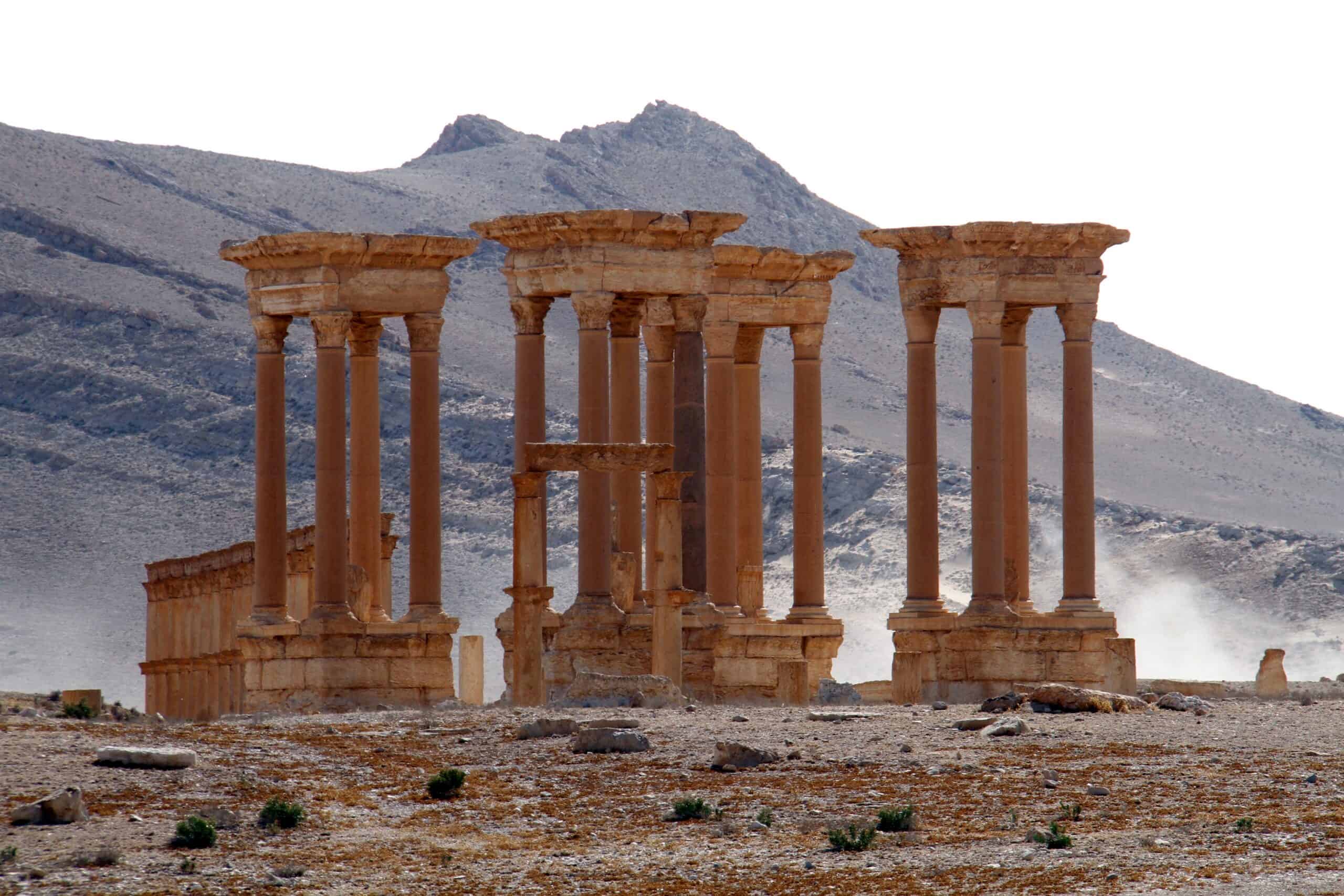
Palmyra, an ancient city in central Syria, was once a thriving cultural hub and a key point on the Silk Road. Its stunning Greco-Roman architecture, combined with Persian influences, made it one of the most remarkable archaeological sites in the world. Palmyra was first mentioned around the 2nd millennium BCE, but its ruins date mainly from the 1st and 2nd centuries CE. Sadly, the civil war in Syria and deliberate destruction by extremist groups have left large parts of the site in ruins, with much of its unique heritage at risk of being lost forever.
Craco, Italy
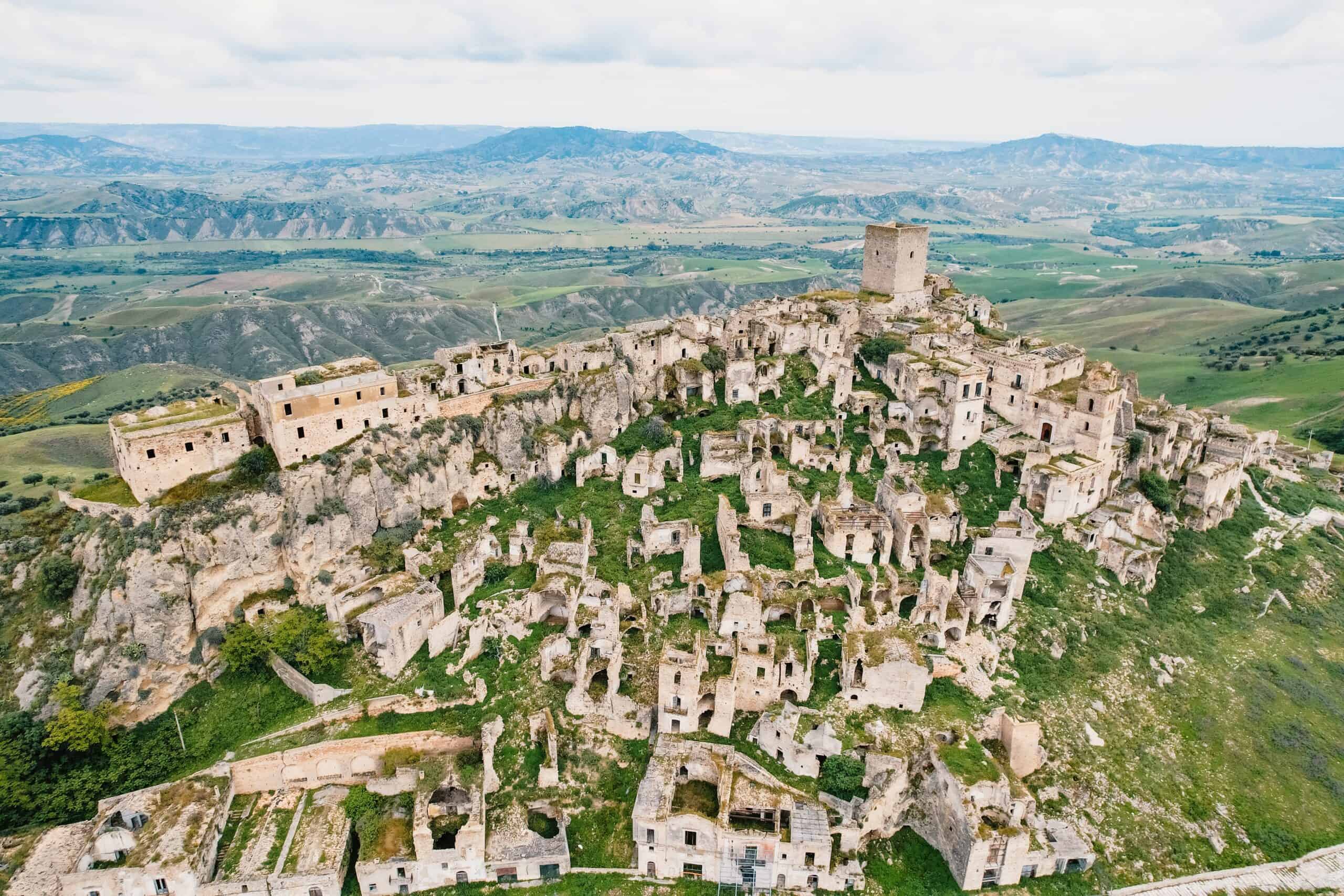
Craco, a medieval hilltop town in the Basilicata region of southern Italy, has been abandoned since the 1960s due to a series of natural disasters. Founded in the 8th century, Craco flourished during the Middle Ages but became uninhabitable after repeated landslides and earthquakes. Today, the ghost town stands as a hauntingly beautiful reminder of the past, its crumbling buildings slowly succumbing to time and the elements. Although popular with filmmakers, Craco remains dangerously fragile and could collapse entirely if further measures aren’t taken to preserve it.
The Colosseum, Rome
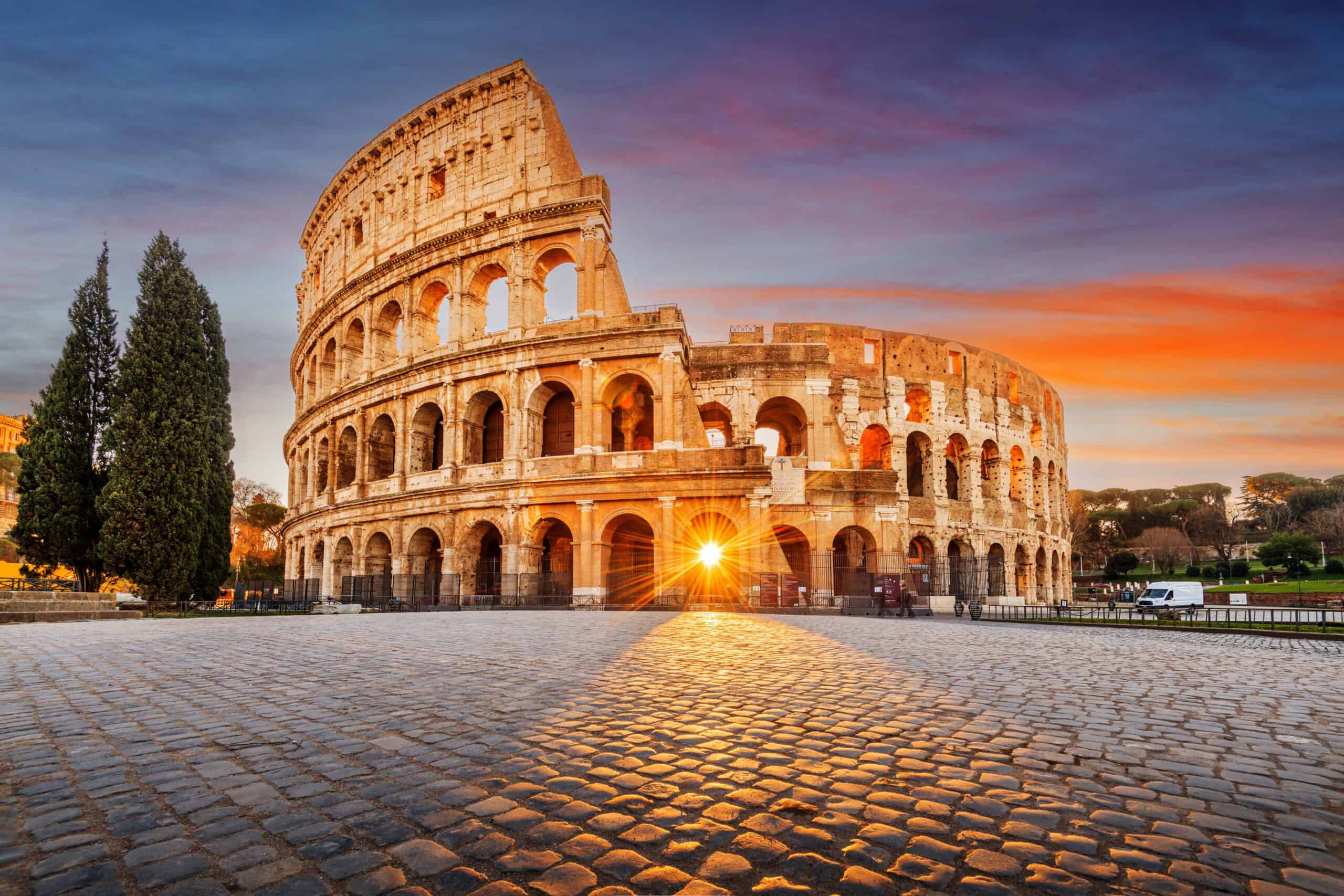
The Colosseum, Rome’s iconic amphitheater, is one of the most recognized structures in the world. Constructed between 70 and 80 CE, it hosted gladiatorial contests, public spectacles, and other forms of entertainment for nearly 500 years. While it has survived earthquakes, neglect, and looting, environmental factors such as pollution and traffic vibrations now threaten its stability. Despite extensive restoration efforts, this UNESCO World Heritage site faces ongoing challenges that could weaken its ancient structure further over time.
The City of Petra, Jordan

The City of Petra, often referred to as the “Rose City” due to the color of its stone, is a world-famous archaeological site in Jordan. Built by the Nabataeans around 312 BCE, this city carved into red sandstone cliffs features magnificent tombs, temples, and monuments. Petra was rediscovered by Western explorers in 1812, but erosion, flash floods, and the impact of tourism have taken their toll. Without proper conservation, the stunning rock-carved façades could deteriorate beyond repair.
Rapa Nui (Easter Island Statues), Chile
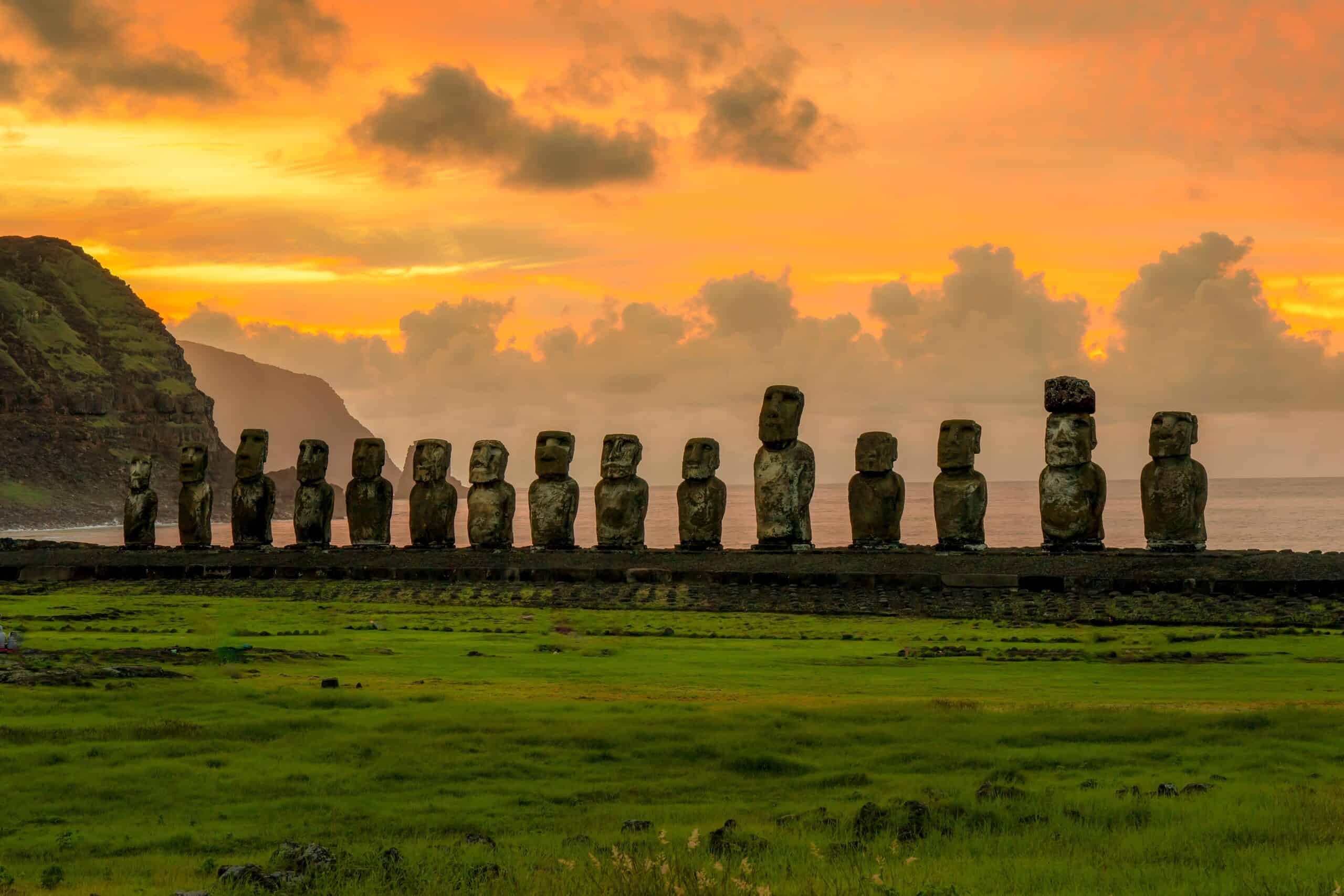
Rapa Nui, home to the mysterious Moai statues, lies in the Pacific Ocean more than 2,000 miles off the coast of Chile. The statues, which were carved by the Rapa Nui people between 1400 and 1650 CE, represent the island’s ancestors. Rising sea levels and coastal erosion are now threatening these unique stone figures, some of which are already toppling. While researchers work to preserve them, their future remains uncertain as the effects of climate change worsen.
Notre-Dame Cathedral, Paris
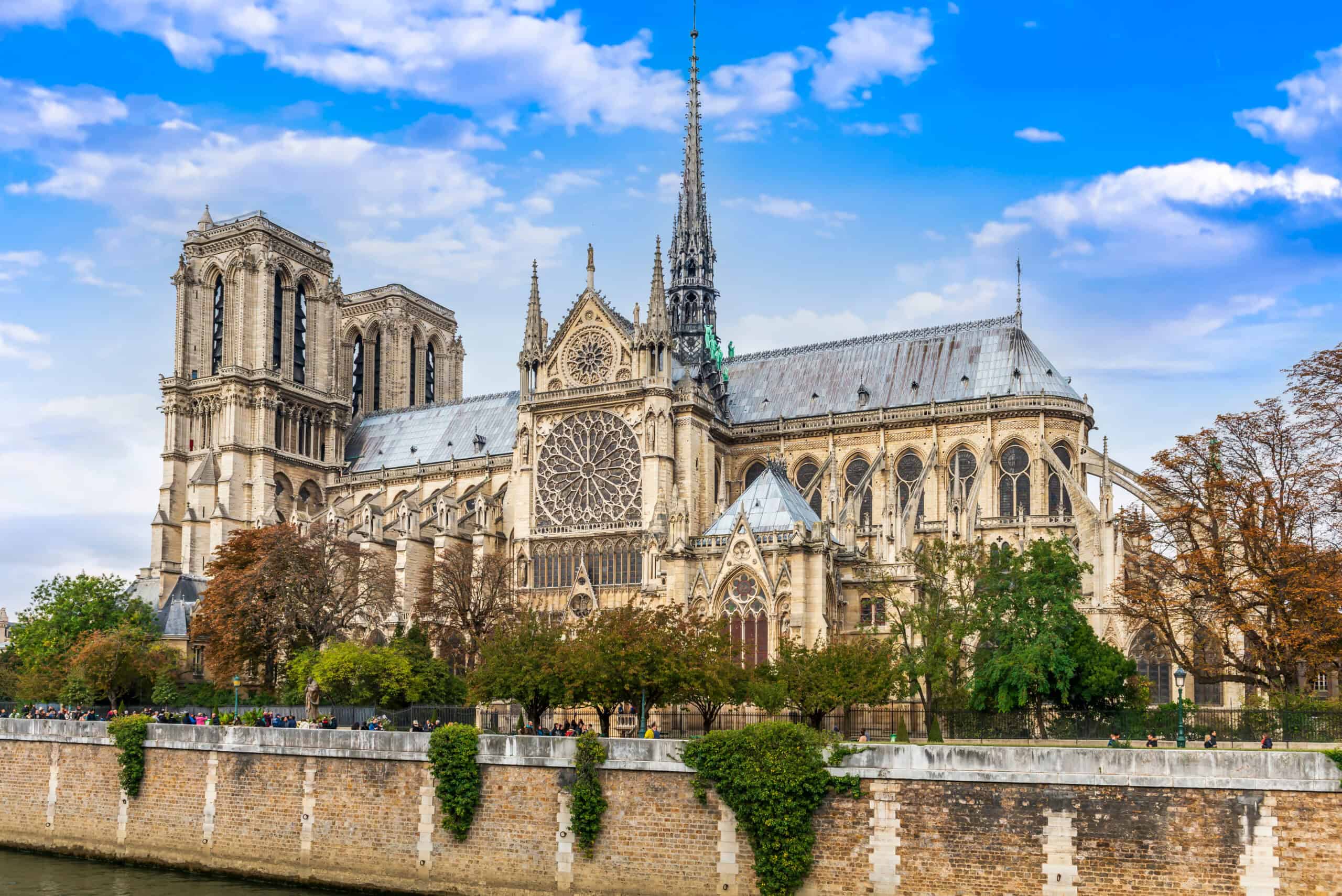
Notre-Dame Cathedral, located on the Île de la Cité in Paris, is one of the most famous Gothic cathedrals in the world. Its construction began in 1163 and took nearly two centuries to complete. The cathedral has survived wars and revolutions, but a devastating fire in 2019 destroyed its spire and much of its roof. Ongoing restoration work aims to restore Notre-Dame to its former glory, but the fire has left the structure vulnerable, and there is a risk that it may never fully recover.
Shali Fortress, Egypt
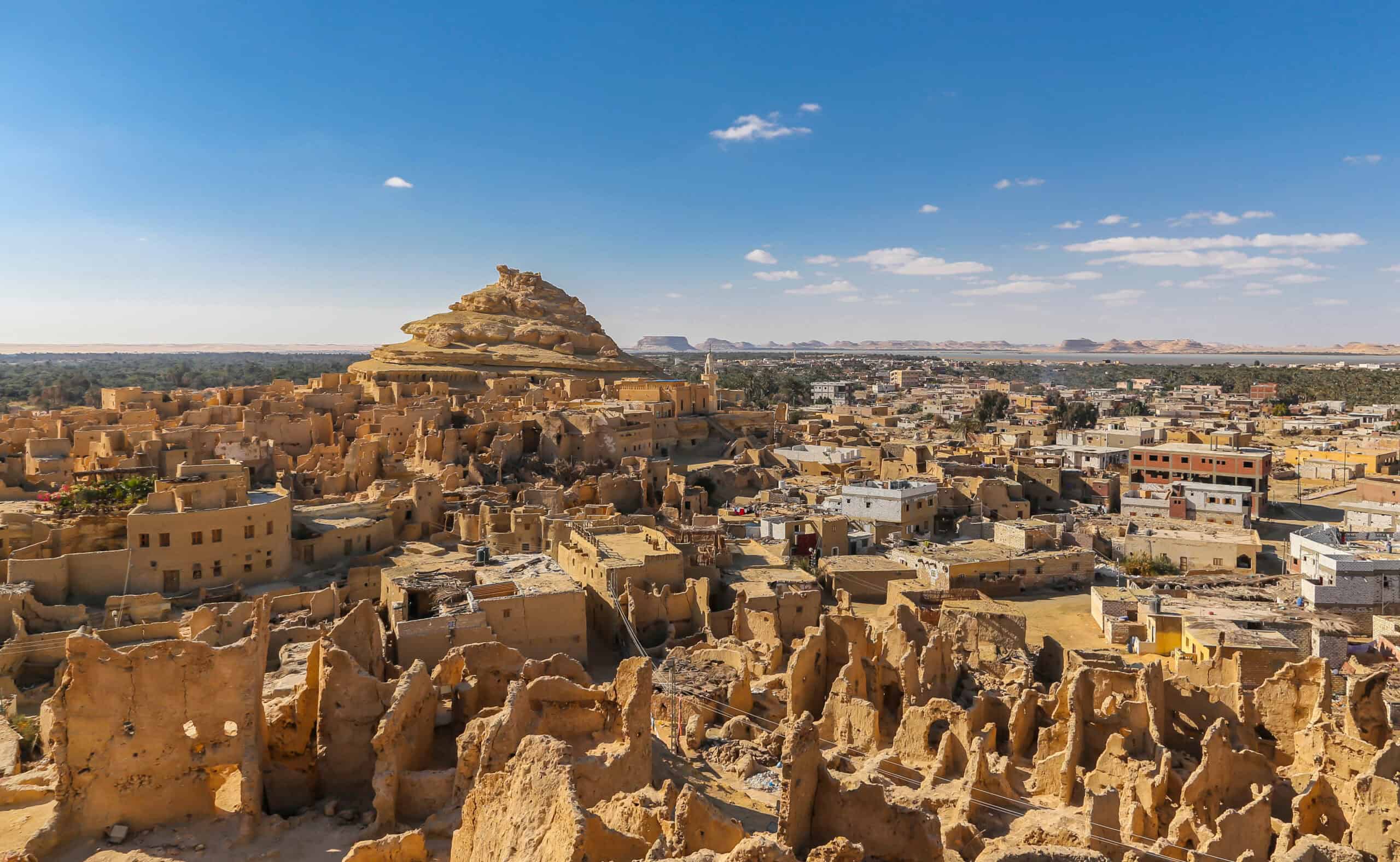
Shali Fortress, located in the Siwa Oasis of Egypt, is an ancient mud-brick fortress built in the 13th century. The fortress once provided protection to the local Berber population and served as the center of the Siwan community. Constructed from kershef, a material made of clay, salt, and sand, the fortress has been damaged by heavy rains over the years. Shali Fortress now faces further deterioration due to natural elements, and without preservation efforts, this remarkable historical site could crumble entirely.
Machu Picchu, Peru
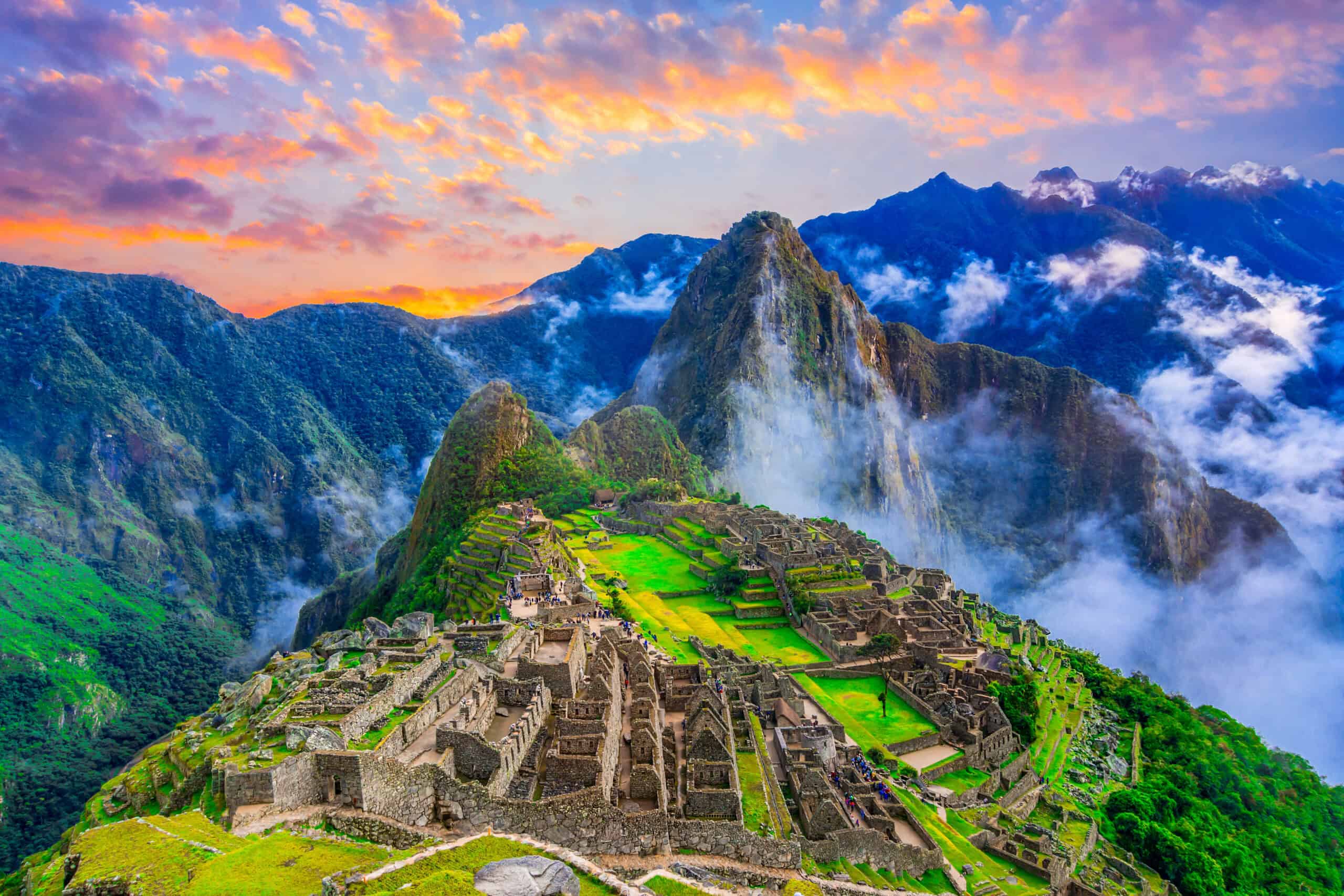
Machu Picchu, located high in the Andes Mountains of Peru, is one of the most famous archaeological sites in the world. Built in the 15th century by the Inca Empire, it was rediscovered by American historian Hiram Bingham in 1911. The site includes temples, terraces, and palaces constructed without mortar, using intricate stonework techniques. However, Machu Picchu faces threats from landslides, erosion, and the pressures of heavy tourism, which could cause irreparable damage to this ancient marvel.
The Citadel of Aleppo, Syria
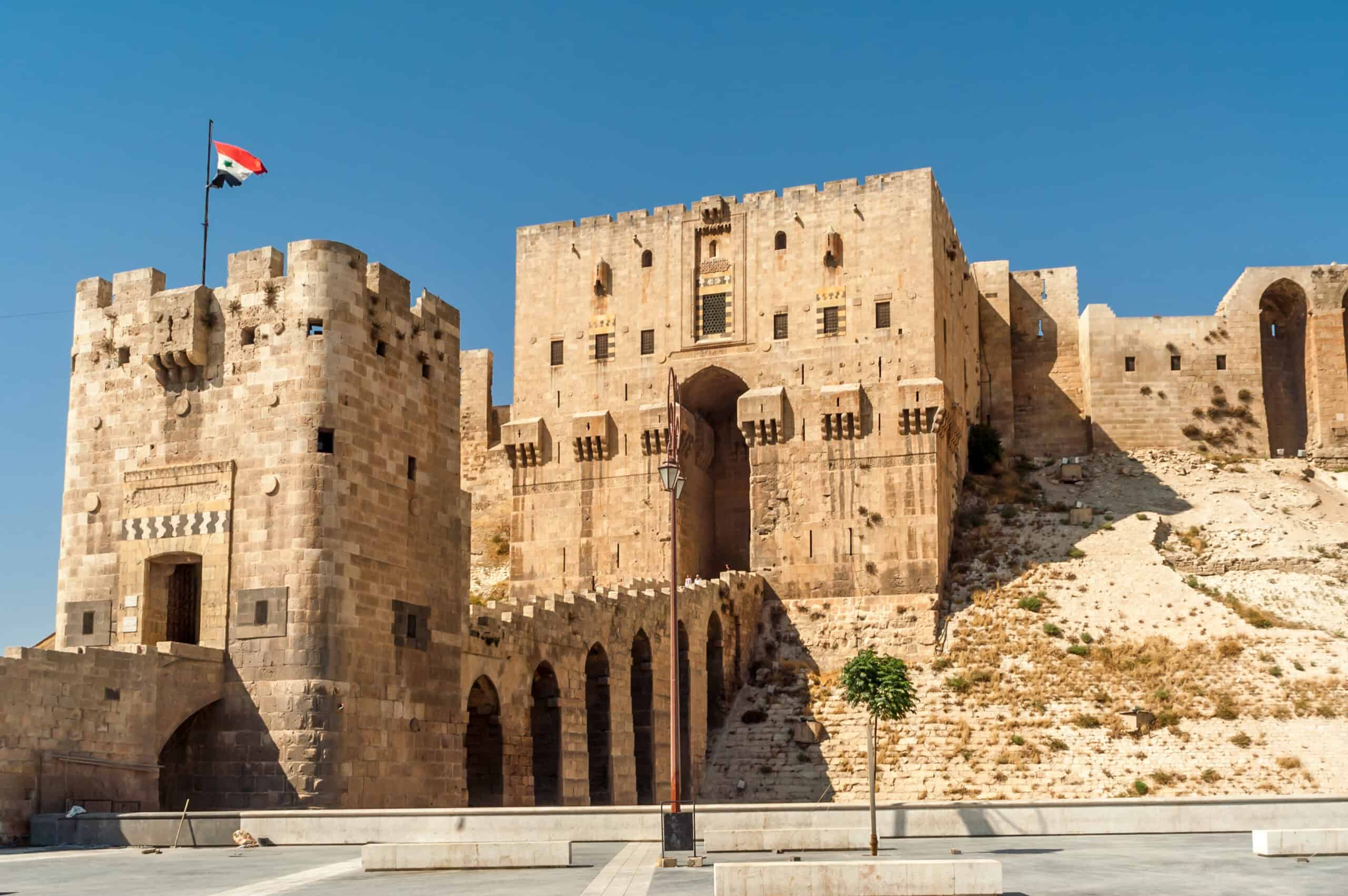
The Citadel of Aleppo is one of the largest and oldest castles in the world. Located in the heart of Syria’s ancient city of Aleppo, it dates back to at least the 3rd millennium BCE, though much of the current structure was built during the medieval Islamic period. Over the centuries, it has withstood numerous invasions and wars. However, the Syrian civil war has caused significant damage to the citadel, with bombings and battles leaving many parts of this UNESCO World Heritage site in ruins.
Edinburgh Castle, Scotland
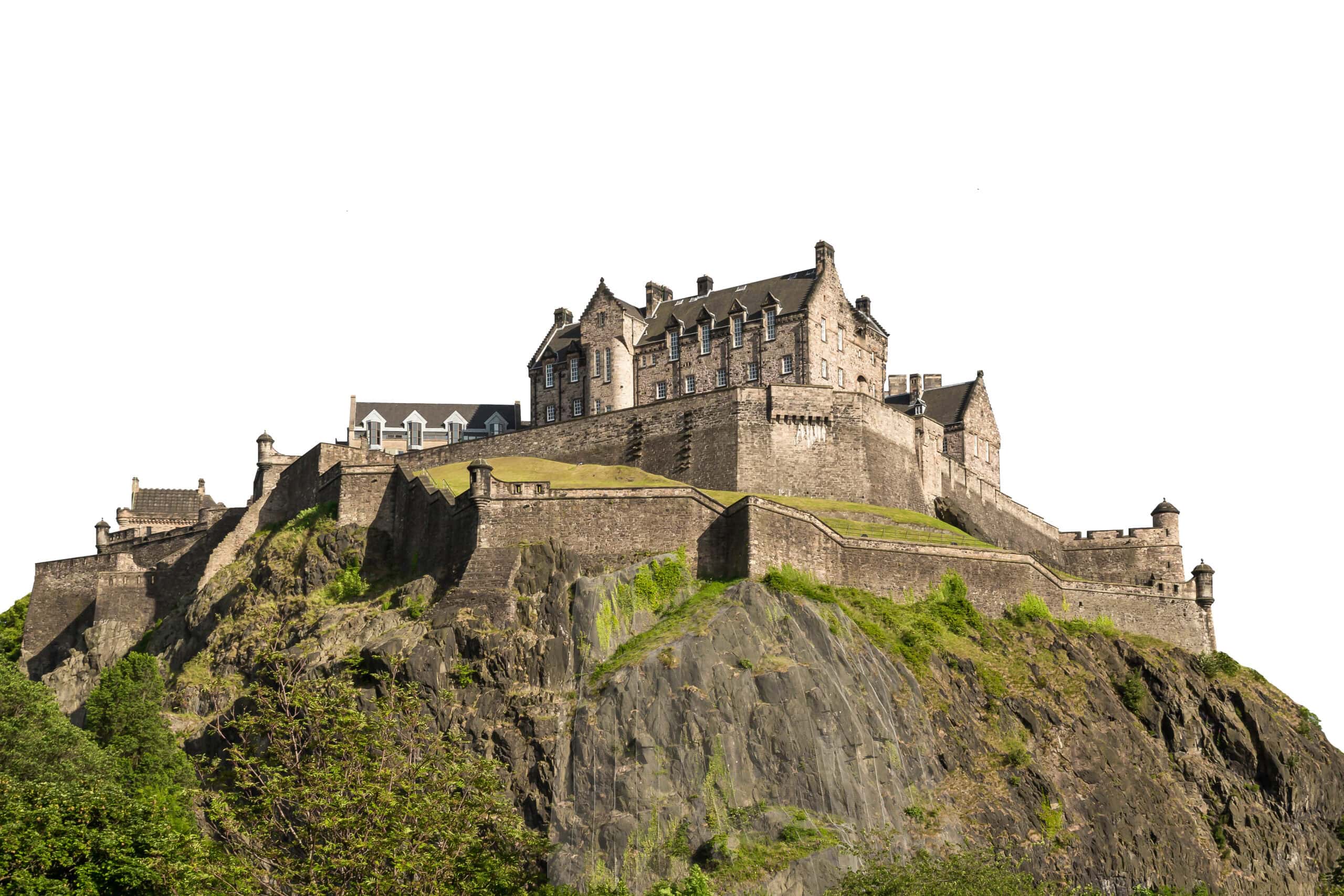
Edinburgh Castle, perched atop an extinct volcanic rock, is a symbol of Scottish history and heritage. The castle’s earliest structures date back to the 12th century, with continuous modifications made over centuries to reflect its changing roles as a royal residence and military stronghold. Edinburgh Castle’s exposure to harsh weather conditions, as well as increasing visitor foot traffic, has led to concerns about the degradation of its ancient stonework. Preservation efforts are underway, but the castle’s future remains uncertain.
The Tower of London, UK
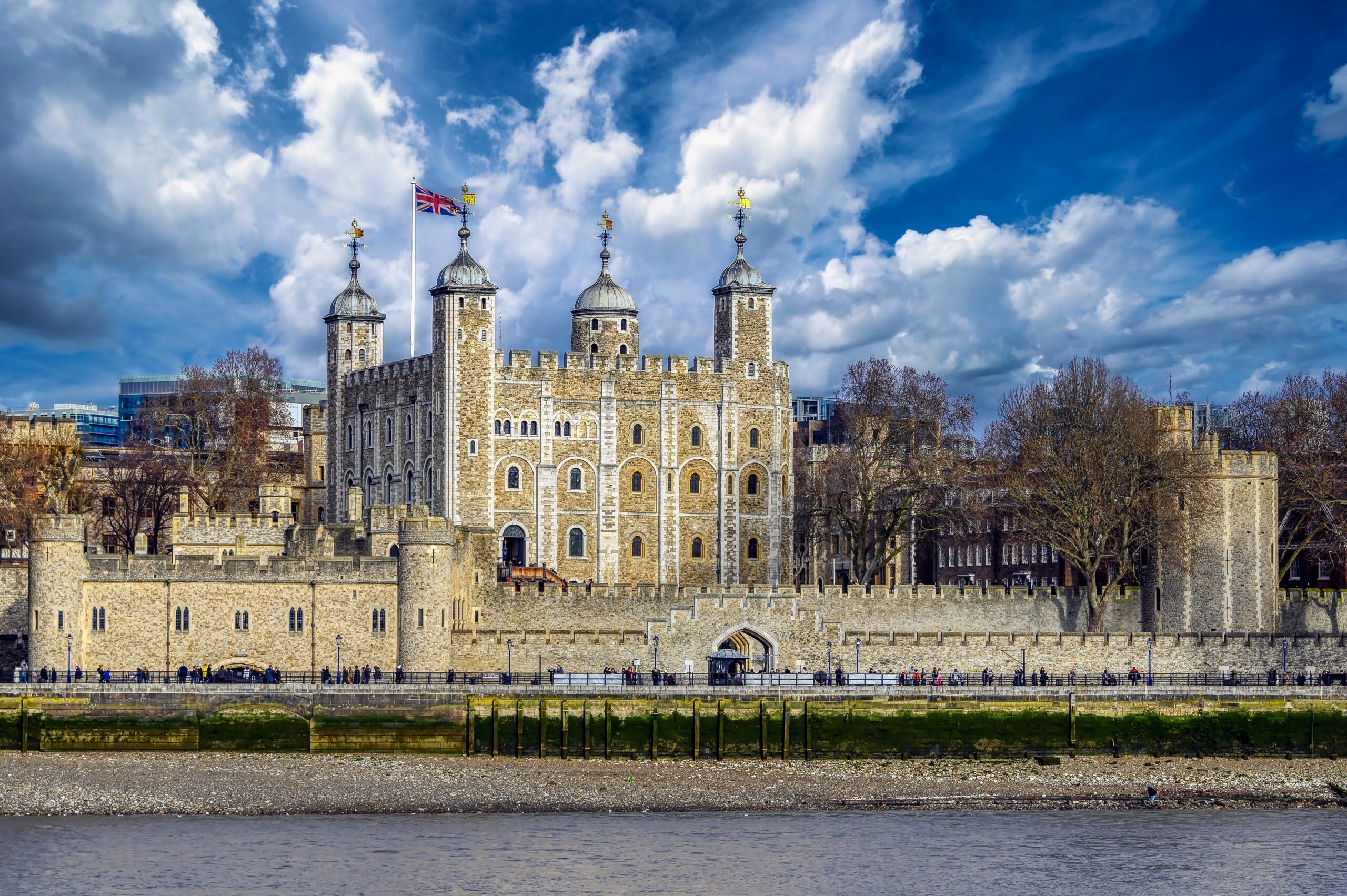
The Tower of London, originally built by William the Conqueror in 1078, is one of the most well-known historic sites in the United Kingdom. This iconic fortress has served as a royal palace, prison, and treasury over the centuries. Despite ongoing conservation work, the Tower faces threats from pollution, weathering, and the sheer number of tourists that visit annually. These factors are causing wear and tear on the structure, particularly its medieval stonework, putting this historical landmark at risk.
Ta Prohm Temple, Cambodia
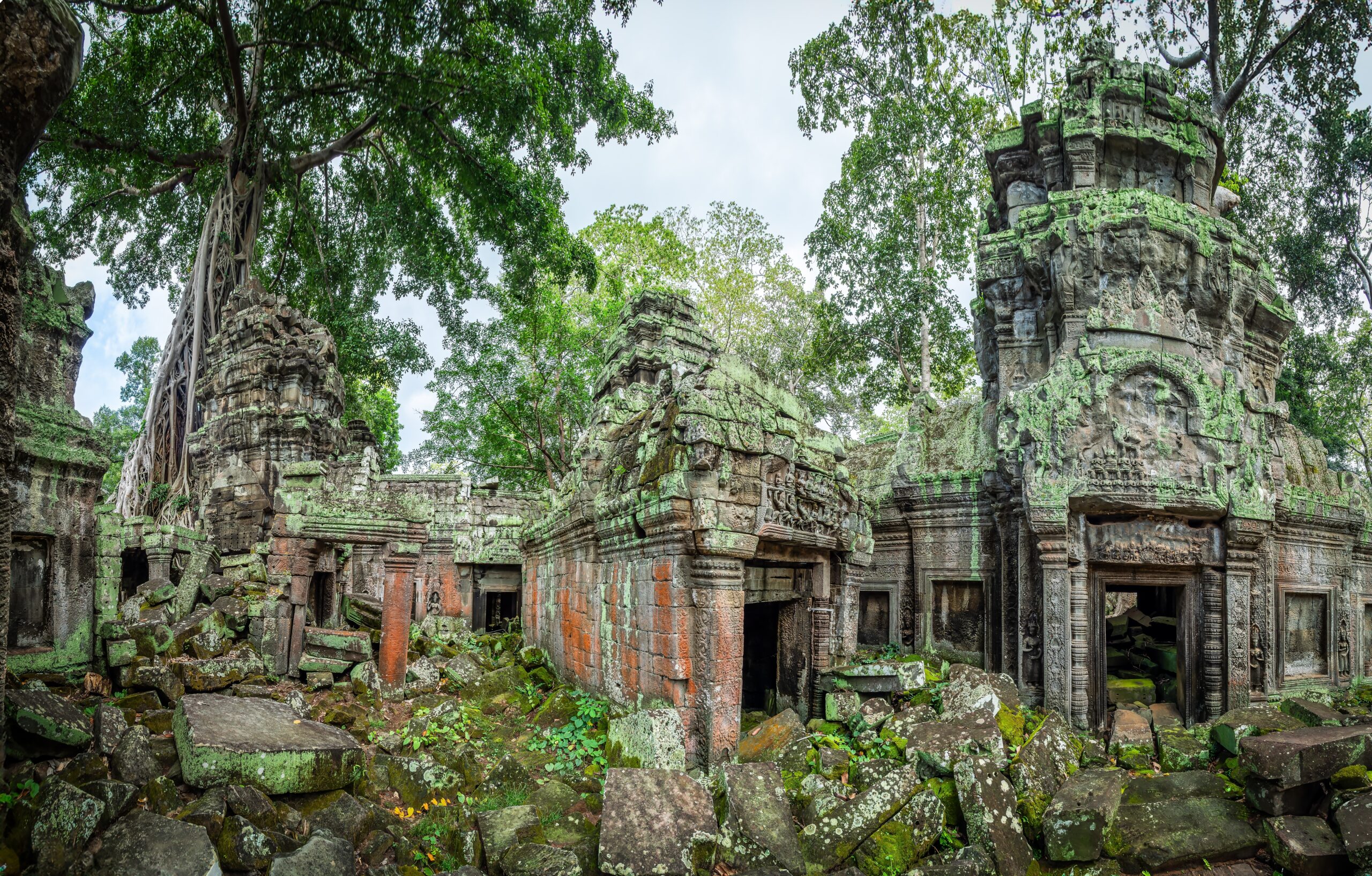
Ta Prohm Temple is part of the Angkor Wat complex in Cambodia and is famous for the massive trees that grow intertwined with its stone ruins. Built in the late 12th and early 13th centuries by the Khmer King Jayavarman VII, the temple was left in much the same condition as it was when first rediscovered in the 19th century. While the trees and roots create a beautiful, iconic image, they are also a major threat to the temple’s structure. The roots continue to push and pull the stones apart, making conservation efforts difficult without damaging the natural surroundings.
Buzludzha Monument, Bulgaria
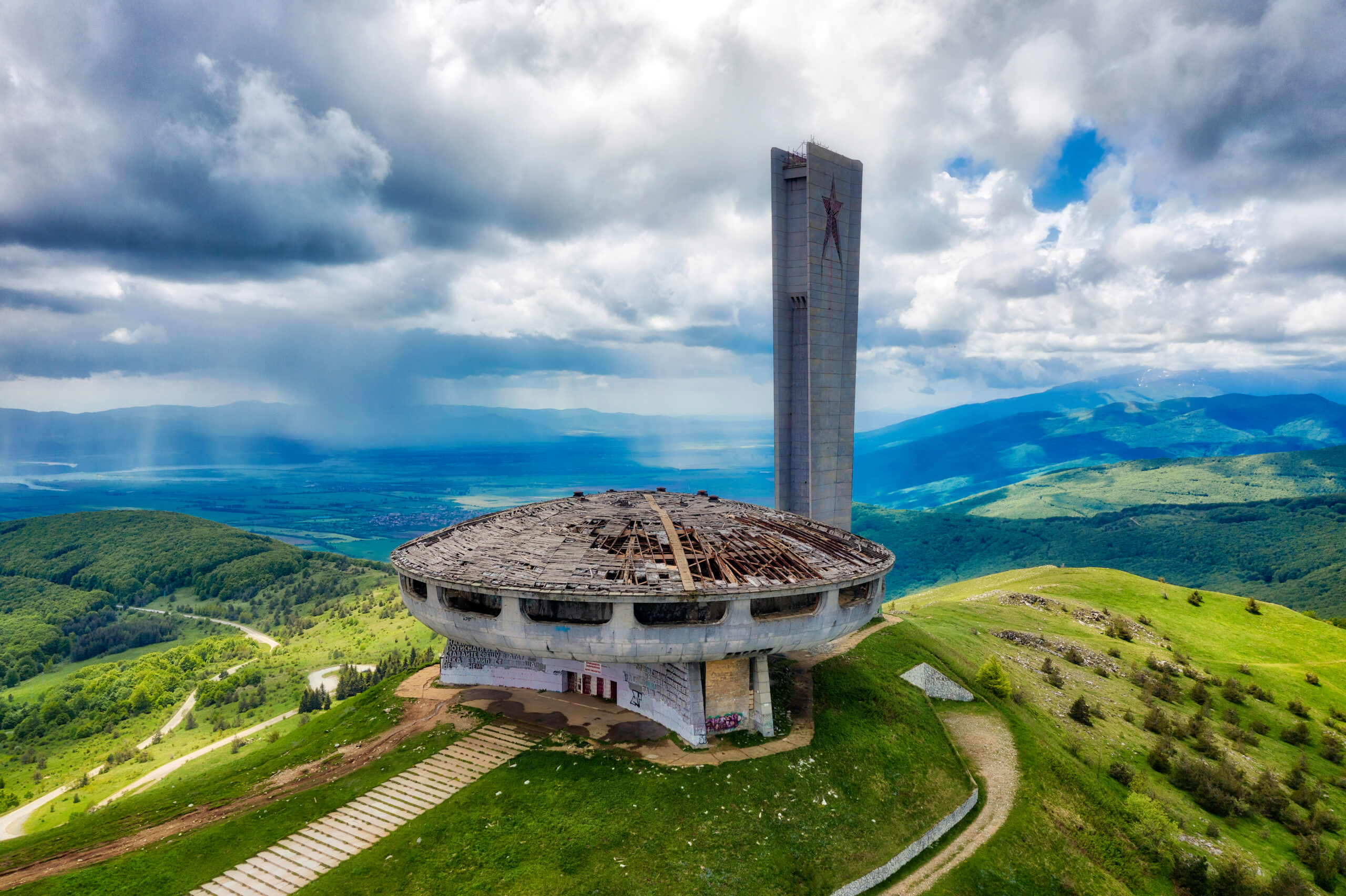
The Buzludzha Monument, located on a peak in the Balkan Mountains of Bulgaria, was completed in 1981 as a symbol of the country’s communist era. Its futuristic, spaceship-like design made it an architectural marvel of its time. However, after the fall of communism, the building was abandoned and left to decay. Harsh weather conditions and vandalism have contributed to its deterioration, and today, the monument lies in ruins. Despite calls for restoration, the building remains at high risk of being lost forever if action is not taken soon.
The Kasbah of Algiers, Algeria

The Kasbah of Algiers, a UNESCO World Heritage site, is a historic citadel that dates back to the 16th century. It was the heart of Algiers during the Ottoman era, featuring a maze of narrow streets, beautiful palaces, and ancient mosques. This site reflects a blend of Islamic and Mediterranean architectural styles. However, the Kasbah is now at risk due to decades of neglect, urban encroachment, and earthquakes. Restoration efforts have been slow, and without immediate attention, this iconic cultural center could fall into irreversible decay.
The Minaret of Jam, Afghanistan

The Minaret of Jam, located in the remote Ghor Province of Afghanistan, is a remarkable example of Islamic architecture. Built in the 12th century, this towering brick structure stands 65 meters tall and is adorned with intricate geometric decorations and Kufic inscriptions. The minaret is the last surviving monument of the ancient city of Firuzkuh. Despite its beauty, the Minaret of Jam is severely threatened by erosion, floods, and ongoing conflict in the region. Its isolated location makes preservation difficult, putting this magnificent monument at serious risk of collapse.
This article originally appeared on Rarest.org.
More from Rarest.org
20 Scenic River Cruises Through Lesser-Known Waterways
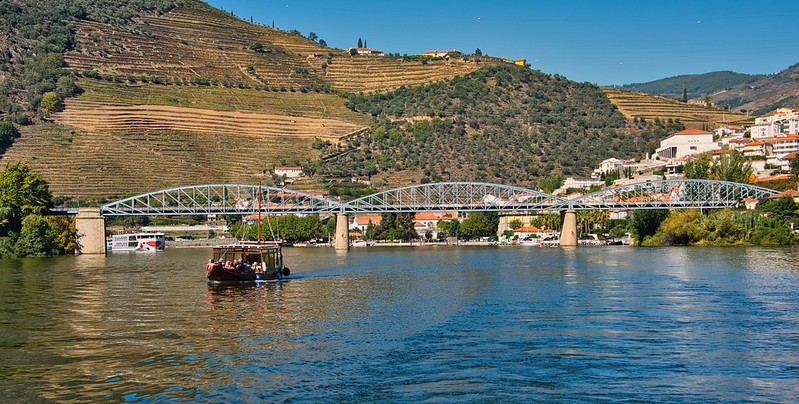
Exploring rivers can offer a unique way to see the world, especially when cruising through lesser-known waterways. Read More.
20 Iconic Sports Cars That Exude Power and Prestige

Sports cars have long been symbols of power, prestige, and performance, capturing the hearts of enthusiasts worldwide. Read More.
18 Most Pivotal Moments in Space Exploration History

Space exploration has been filled with groundbreaking moments that have pushed the boundaries of human knowledge and technology. Read More.
